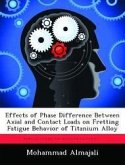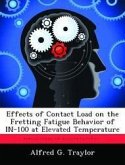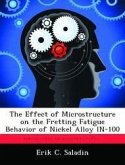Fretting fatigue occurs between two components in contact under relative motion and reduces fatigue life when compared with plain fatigue. Shot-peening, on the other hand, is the most commonly used cold working process to improve material fatigue resistance in aeronautical industries. Nearly all work accomplished to date has assumed a constant contact load while investigating fretting fatigue. The primary goal of this study was to explore fretting fatigue behavior under constant and variable contact load configurations using both shot-peened and un-peened specimens made up of Ti-6Al-4V alloy. Contact loads were applied with four frequencies, and they were 0 Hz, 2.5 Hz, 10 Hz, and 30 Hz. Applied axial loads were also manipulated to produce tension-tension and tension-compression test conditions on the specimens at the frequency of 10 Hz. Cracks were always found to initiate near the trailing edge for all tests. The crack initiated on the contact surface of un-peened specimens and within the interior of shot-peened specimens. Finite element analysis was performed by a commercially available software, ABAQUS, to obtain contact region state variables such as stress, strain, and displacement which were computed for the development of fretting fatigue parameters. Fatigue parameters, such as the stress range, effective stress, and modified shear stress range (MSSR), were analyzed for their applicability on fretting fatigue life prediction. No strong correlation between contact load conditions and fretting fatigue mechanisms was found, and shot-peening improved fretting fatigue life despite contact load conditions. Also, the MSSR parameter was effective in fretting fatigue predictions under constant and variable contact load conditions in terms of fatigue life, crack initiation location and orientation.
Hinweis: Dieser Artikel kann nur an eine deutsche Lieferadresse ausgeliefert werden.
Hinweis: Dieser Artikel kann nur an eine deutsche Lieferadresse ausgeliefert werden.








